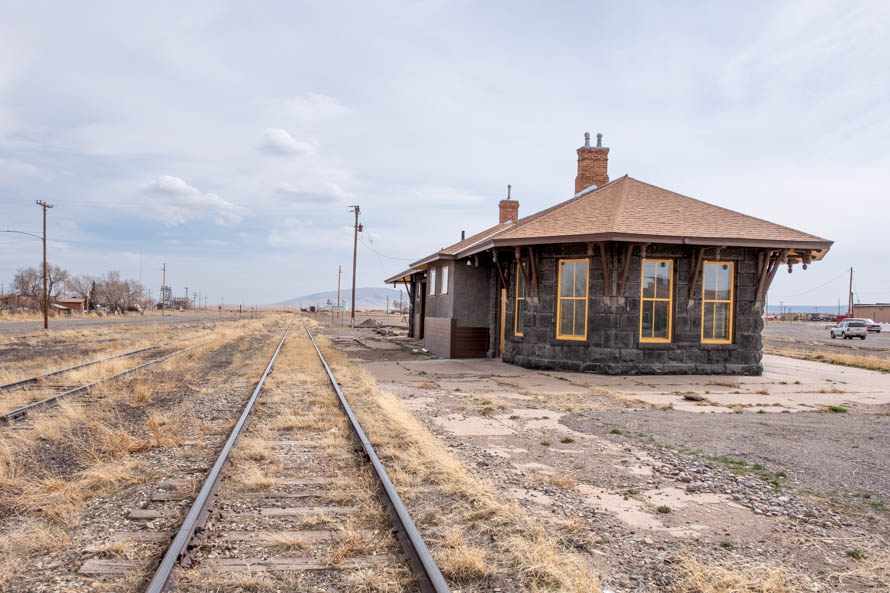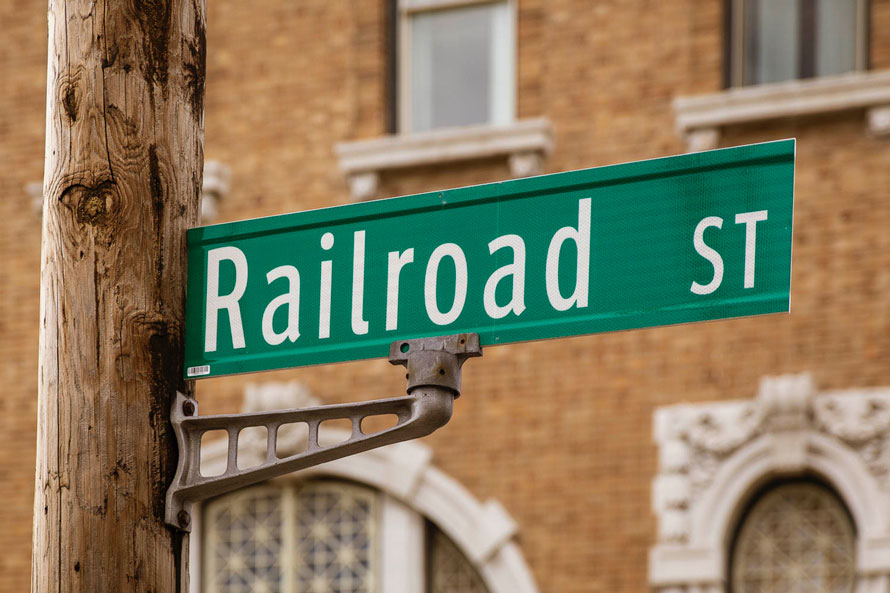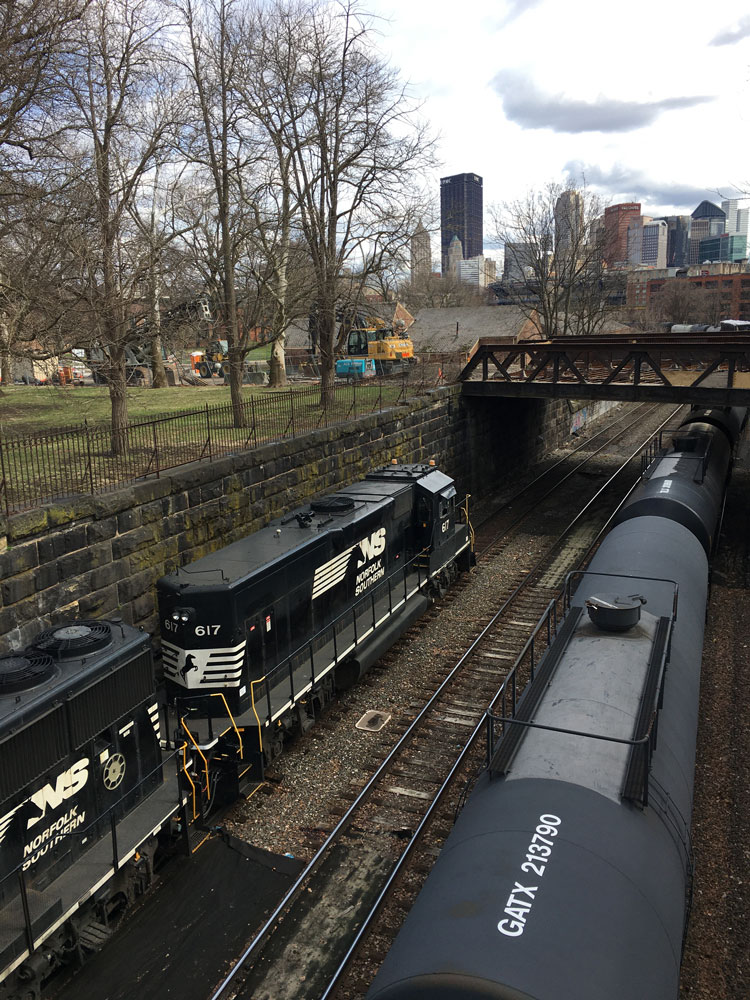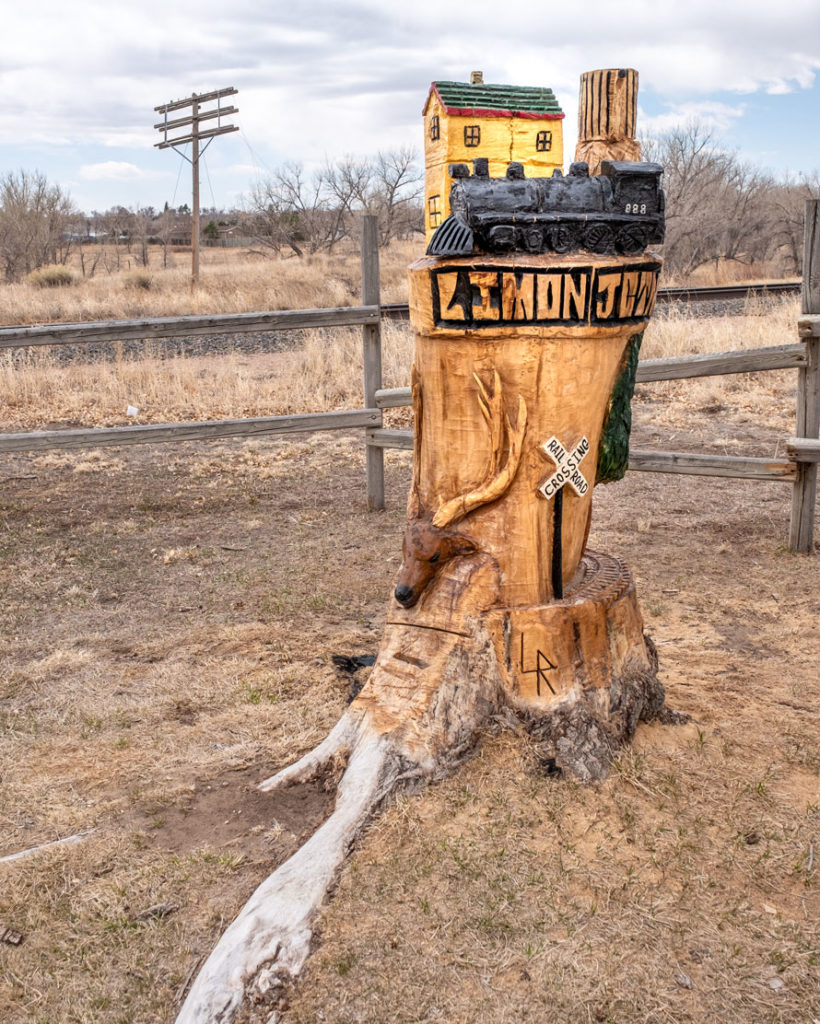Road Trip – Part Four
Southern Colorado, New Mexico, Texas

In seeking to preserve railroad history, our efforts are most often focused on the physical aspects of the railroad and its infrastructure. But another, and sometimes neglected, element of history lives in the memories of those railroaders who lived that history as part of their day-to-day job.
In this episode of Living History, we talk with three retired locomotive engineers, who describe the ups and downs of life as an engineer on the railroad.
Edd Fuller, Editor

Railroad Street was at one time the center of commerce, and thus one of the most important and well-known places in each community that hosted the road. Whether the road was followed with the suffix of Street, Avenue, Place, Way or Circle, civic boosters took pride when they could add this name onto their local plat. It meant that their community, big or small, had access to that all-important connection to the outside world. For it was from Railroad Street, where people, goods, mail, parcels, and even telegrams could reach beyond the town limits to the outer world.
Here, one generally found the depot, and often a separate freight house. With a connection to markets beyond their own, businesses that depended on economical transportation bought land parcels here to gain access to the tracks. Grain elevators, warehouses, mills, lumber yards, coal and oil dealers, and manufacturers of everything imaginable moved onto Railroad Street.
Read more
The Center for Railroad Photography & Art recently announced that it has acquired the majority of the photography collection of Richard Steinheimer, one of the world’s greatest rail photographers, who blazed a trail of creativity across California and the American West for six decades and inspired generations of photographers. The collection includes nearly all of Steinheimer’s color photography, a vast collection of his majestic black and white prints, plus black and white negatives and scans, exhibition prints, and more.
Read more
There’s a little mystery in Old Allegheny City—why did the Pennsylvania Railroad build parallel bridges, only a block apart, over their mainline and why are both on Ridge Avenue? Allegheny City was annexed by the City of Pittsburgh in 1907, so the answer is lost to history. These twin bridges mark the eastern end of what is known locally as “The Trench.”
Read more
I drove out of Kansas and into Colorado on an overcast afternoon. Later that day, I would arrive in Denver to spend a few days visiting my sister. Not much time for stops along the way, but while looking for a place to eat lunch, I came across the Limon Heritage Museum and Railroad Park in Limon, Colorado. The Museum is housed in the former Rock Island depot, which was built in 1910. Unfortunately, the Museum was closed the day I was there, but I was able to walk around the grounds and take pictures.
Read more